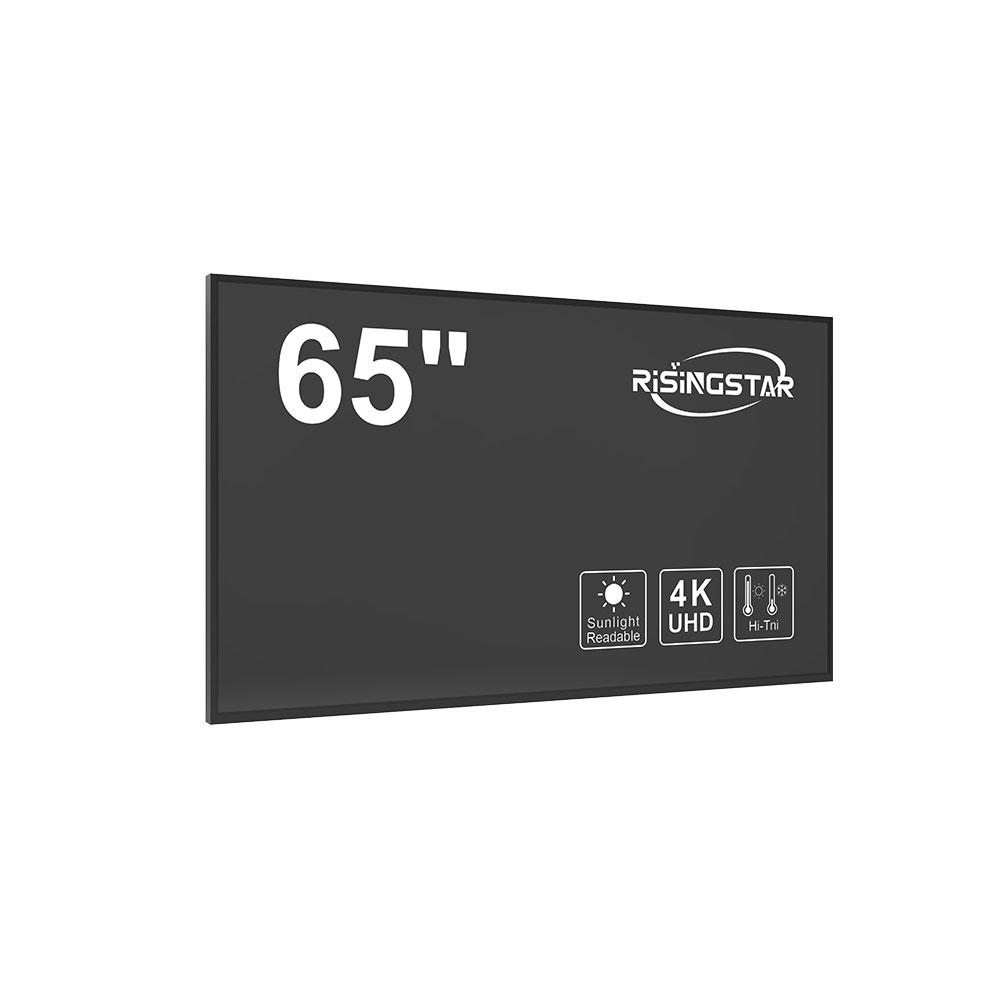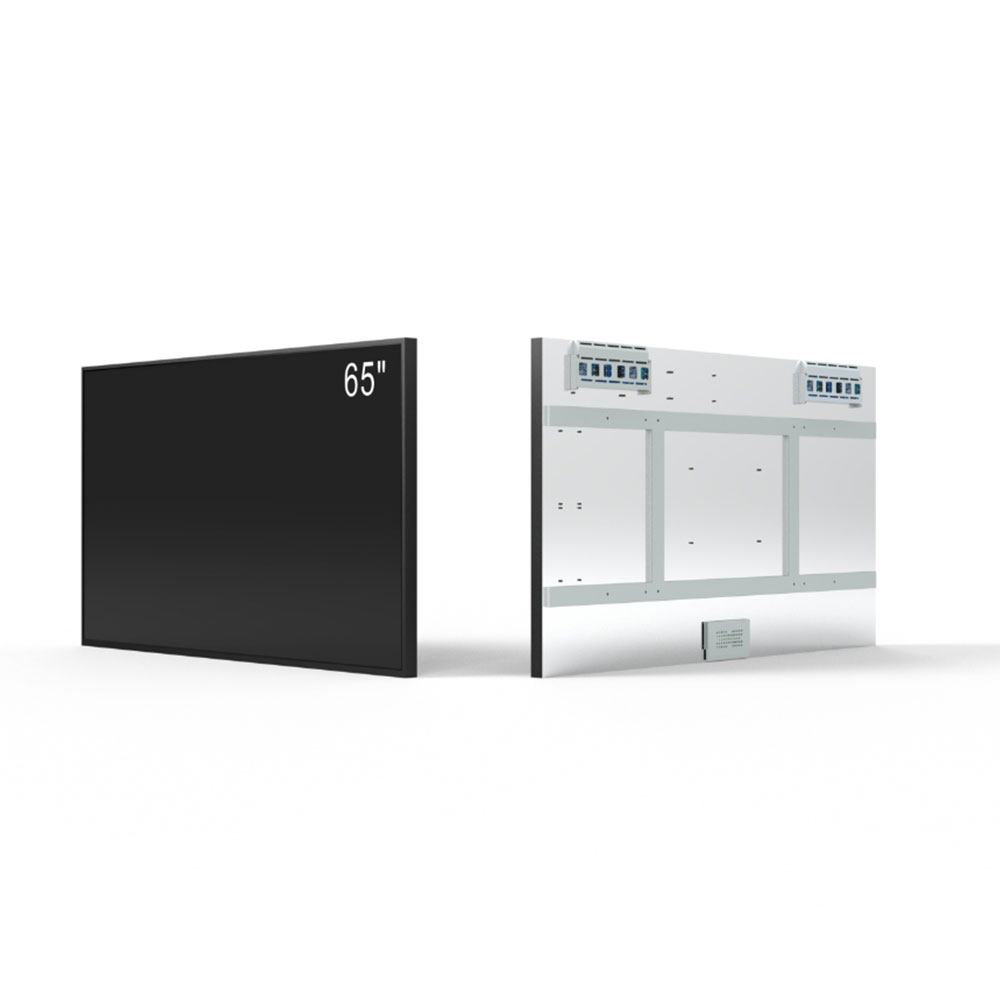High-brightness sunlight-readable LCD screens are a critical component in modern display technologies, especially for applications operating in outdoor or high-ambient-light environments. These displays ensure clear visibility under direct sunlight—often exceeding 10,000 lux—where conventional LCDs fail due to washed-out images and reduced contrast. According to industry data from the Global Display Market Report (2023), the global demand for sunlight-readable displays is growing at a CAGR of 7.2%, driven by military, transportation, industrial automation, and smart city deployments.
The core principle behind sunlight-readable LCDs lies in maximizing brightness output while minimizing ambient light interference. Standard LCDs typically operate at 250–500 cd/m², whereas high-brightness variants exceed 5,000 cd/m²—some even reaching 10,000 cd/m² or more. This enhanced luminance is achieved through a combination of advanced backlighting (such as LED arrays with diffusion films), optimized polarizer layers, and anti-reflective coatings. For instance, the U.S. Department of Defense’s MIL-STD-810G specification mandates that military-grade displays must remain readable under direct sunlight, which has pushed manufacturers like Sharp, LG Display, and BOE to develop ruggedized solutions compliant with these standards.
A key technological innovation is the use of transflective liquid crystal technology, where both reflective and transmissive modes coexist. In bright daylight, the screen uses ambient light reflected off a rear mirror-like layer; in low-light conditions, the LED backlight activates. This dual-mode operation improves power efficiency and ensures consistent readability across varying lighting conditions—an essential feature for field-deployed devices such as tactical tablets, vehicle dashboards, and construction equipment controls.
Case studies further validate the effectiveness of high-brightness LCDs. In a 2022 deployment by Siemens for offshore wind turbine monitoring systems, standard displays failed after just two weeks of exposure to intense sunlight, leading to operational downtime. After switching to a 6,000 cd/m² transflective LCD solution from Samsung Display, system uptime increased by over 90%. Similarly, in the aviation sector, Boeing and Airbus have integrated high-brightness sunlight-readable panels into cockpit heads-up displays (HUDs), improving pilot situational awareness during critical flight phases.

Manufacturers also address durability through environmental sealing (IP65/IP67 ratings), wide temperature tolerance (-30°C to +70°C), and shock/vibration resistance. These features are crucial in mobile and industrial settings, such as mining equipment, agricultural machinery, and public transit systems. Google’s Project Ara (though discontinued) once explored modular smartphones with sunlight-readable screens, highlighting the consumer-level interest in robust outdoor displays.
From an engineering perspective, optimizing the LCD panel’s optical stack—including TFT backplanes, color filters, and lens arrays—is vital for maintaining image quality under extreme conditions. Research published in IEEE Transactions on Consumer Electronics (2021) emphasizes the importance of uniform brightness distribution and minimal glare, achieved via precision backlight design and anti-glare nanocoatings derived from silica-based materials.
In conclusion, high-brightness sunlight-readable LCDs are no longer niche—they are essential for mission-critical and consumer-facing systems alike. As global industries expand into remote and harsh environments—from Arctic oil rigs to desert solar farms—the demand for reliable, energy-efficient, and human-readable displays will continue to rise, making this technology a cornerstone of future digital interfaces.

2025-07-31
2025-11-17
고휘도 햇빛 읽기 쉬운 LCD 화면 기술 및 가혹한 환경에서 응용2025-08-11
디지털 간판 및 산업 신청을 위한 옥외 스트립 LCD 디스플레이 시리즈2025-08-01
고급 연속 물자 경계 결정화 LCD